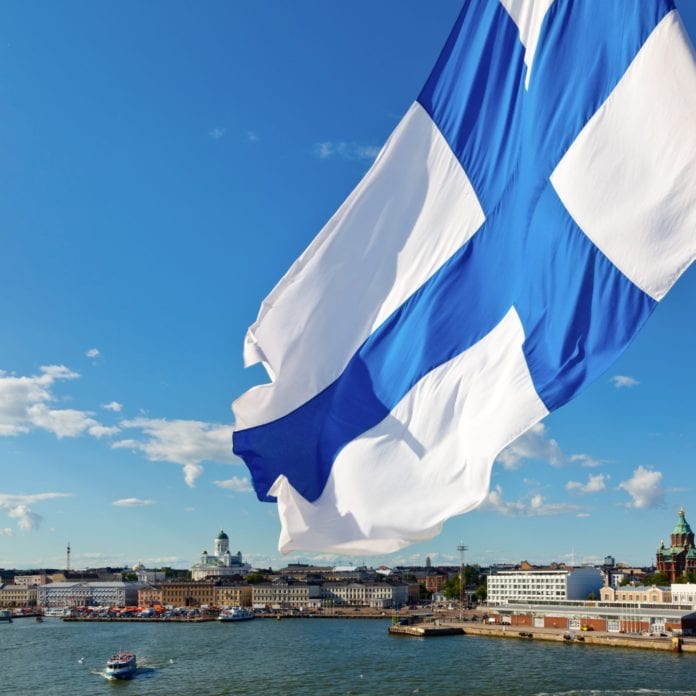The telecom watchdog said the 5G licenses will be valid for a 15-year period
The Finnish Communications Regulatory Authority (Ficora) has completed the auction of 5G spectrum that began on September 26.
Through the tender process, the telecom regulator awarded licenses in the 3410–3800 MHz spectrum band.
Telia Finland won band A for the use of frequencies in the 3410-3540 MHz band, with a bid of EUR 30.26 million ($34.9 million).
Elisa paid EUR 26.35 million for the band B, which frequencies in the 3540-3670 MHz band while DNA won band C from 3670-3800 MHz with a bid of EUR 21 million.
The licenses granted for the 3.5 GHz band are valid for 15 years starting from January 1, 2019. The winning operators will pay the licenses in five yearly installments.
“The new frequencies will enable the start of commercial 5G operations from the beginning of 2019. 5G is expected to improve the throughput of mobile networks by more than 20 times and the capacity up to hundred times compared to current networks. The revolutionary aspect is the ability to connect a huge number of devices connected to the network and the possibility to enable services that require ultra-low latency and extreme reliability,” Telia said in a statement.
Last month, Telia said it had activated its 5G network at the Telia 5G Arena in Helsinki, Finland.
The Nordic carrier said that the first base stations are now operational in Helsinki, and the first phase of the 5G rollout will continue during the coming months. The base stations were provided by compatriot firm Nokia.
Telia’s 5G network in Helsinki currently operates on test frequencies issued by the Finnish Communications Regulatory Authority.
The telco also highlighted that a wide commercial launch is dependent on availability of standard-compliant 5G devices, like modems, tablets and mobile phones.
Telia previously said that it will trial 5G use cases in Swedish capital Stockholm this year. In 2017, Telia, together with Ericsson and Intel, deployed what was claimed to be the first public 5G live network use cases in Europe. The trial included a high-speed 5G connection to a commercial cruise ship, delivering internet connectivity to the ship and its passengers while in port; and an industrial use case featuring a construction excavator remotely controlled with a live 5G network. Both trials were initially carried out in the Estonian capital, Tallinn.
Meanwhile, rival carrier Elisa said it has already has already built 5G ready mobile networks in the cites of Helsinki, Turku, Tampere and Jyväskylä.
In February of this year, Elisa carried out a 5G test in Helsinki in partnership with Huawei. During the test, a 5G network was tested in a moving car simultaneously with two 5G terminal devices which were provided by the Chinese vendor. The trial used the test network that Elisa built with Huawei and deployed in the 3.5 GHz band.
The trial saw a terminal being carried in a vehicle, which travelled across the Pasila area in the Finnish capital Helsinki, reach download speeds of 1 Gbps and upload speeds of 400 Mbps, the Nordic carrier said.

